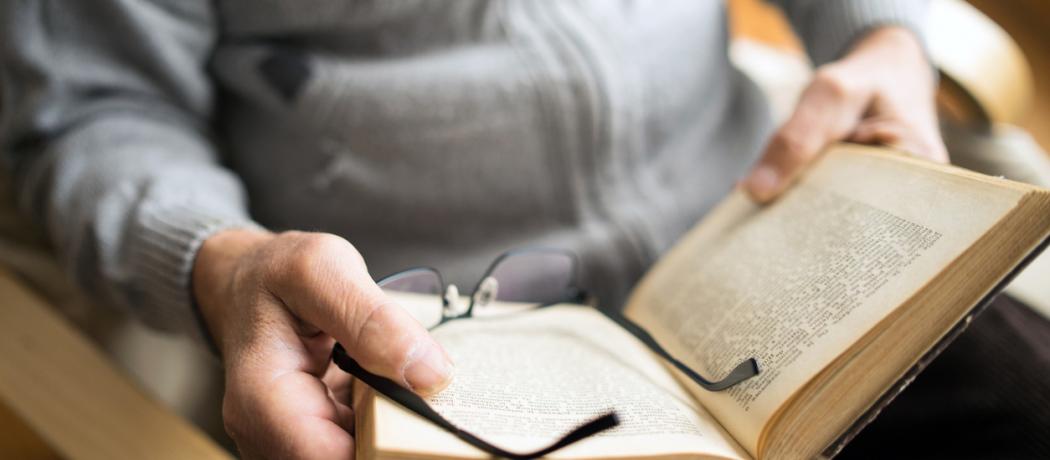My total hip surgery and my 90th birthday happened within days of each other. My supportive friends gifted me with books both to celebrate the occasions and to provide me with entertainment while I was in temporary home confinement.
Two of the books caught my immediate attention. One by Roy Porter, Blood and Guts, A Short History of Medicine, turned out to be unlike most chronological histories that start with Hippocrates. The story was a fascinating exploration of the history of disease, the history of our bodies, doctors, laboratories, hospitals, and in the final chapter, medicine in modern western societies. I was most intrigued by the history of disease. As humans colonized the globe, they were themselves colonized by pathogens. In contrast, early hunter-gatherer humans were beset by harsh and dangerous environments and led brief lives, but they escaped the plagues of later societies. They were nomads, lived in small and scattered groups, did not stay in one place long enough to pollute water sources or deposit their excreta, attracting disease-spreading insects. Also, they did not have tamed animals, often the sources of devastating illness in later societies.
The other book of interest was Inheritance, written by Dani Shapiro. Her parents died a number of years ago, but she knew she had been conceived by artificial insemination at a clinic in Philadelphia, where mixed sperm was often used (specimens with low sperm count were combined with donor sperm). At age 54 she took a genetic test out of idle curiosity and was shocked to learn that the orthodox Jewish stock broker she thought was her biological father was not her blood relative. Close to 50% of her DNA came from German, French, Irish, and English sources. She was shocked to her core. If her father was not her father, then she was not who she thought she was. She was able to trace her genetic roots to an 86-year-old retired doctor who had served as a sperm donor to the fertility clinic while he was a medical student.
Her story raises many questions about the impact of not knowing the truth about oneself, and about issues concerning sperm donors, privacy protections, and in vitro fertilization. The first documented donor insemination was done in London in 1770 by the famed surgeon, John Hunter (1728–1793). The patient with hypospadias collected his semen, which was deposited via a syringe in his wife’s genital passage. In the US, Dr William Pancoast performed the first reported donor insemination in 1884. I couldn’t find any records about the first insemination procedure in Canada.
Over the years medical students and residents were commonly chosen as donors. In the early 1970s several UBC medical students acted as donors and received a small stipend for their services. In Canada, payment for donor services has been illegal since 2004, with severe penalties. Attempts at confidentiality related to this procedure have been undermined by the capabilities of online search functions. Children inclined to search will likely discover the origin of their conception and may be faced with agonies similar to Dani Shapiro’s.
—George Szasz, CM, MD
Suggested reading
McGovern PG, Schlaff WD. Sperm donor anonymity: A concept rendered obsolete by modern technology. Fertil Steril 2018;109:230-231.
Porter R. Blood and guts: A short history of medicine. New York, NY: Penguin books; 2002.
Shapiro D. Inheritance: A memoir of genealogy, paternity and love. , New York, NY: Alfred A. Knopf; 2019.
This posting has not been peer reviewed by the BCMJ Editorial Board.

